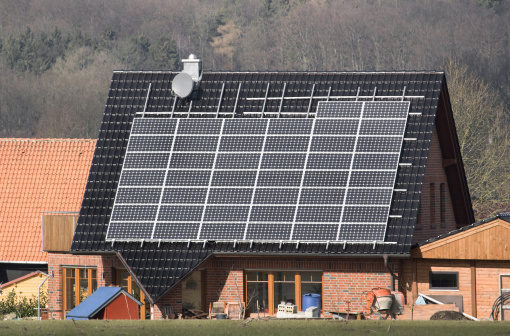Since its inception at the start of the new millennium, the Leadership in Energy and Environmental Design (LEED) program administered by the U.S. Green Building Council (USGBC) has come a long way.
What began as an effort to get businesses to see the value of sustainable architecture has led to over nine billion square feet of LEED-rated building space and 1.6 million feet of new space certifying every day, according to USGBC’s Web site. Now, a telling milestone has been reached: the total square feet of existing buildings that have become LEED-certified has surpassed the same total for “new construction” certifications.
“The United States is home to more than 60 billion square feet of existing commercial buildings, and we know that most of those buildings are energy guzzlers and water sieves,” said Rick Fedrizzi, USGBC president, CEO and founding chair. “LEED as a rating system is continuing to evolve an ever greater emphasis on performance, not only in energy, but also water, location, indoor environmental quality, and materials.” Based upon a building’s ability to rack up points in areas like water efficiency, indoor air quality and even the amount of sunlight that enters a space, projects can qualify for LEED ratings like Gold, Silver and Platinum.
Businesses large and small have undertaken the challenge of becoming LEED certified. A LEED Gold certification recently went to a General Mills food production facility in Albuquerque, NM. Fewer than 10 of the 8,000 LEED-certified projects worldwide are food production facilities. Recently, natural products industry companies have stepped up their involvement with the program. United Natural Foods, Inc. announced that it received Gold certification for its distribution center in Lancaster, TX, making it the company’s first LEED-approved building. Features of the building include an ammonia-based refrigeration system, said to be more environmentally friendly.
Late last year, Watsonville, CA-based Nordic Naturals became the first NSF Certified dietary supplement maker to build a LEED Gold certified U.S. facility. “We received LEED points for many features of our new building, including the structural design to improve daylighting, the use of non-toxic and recycled construction materials, native plant species in our landscaping, overall land use, an exercise room for employees, low-flow appliances and many others,” says Keri Marshall, M.S., N.D., chief medical officer.
Marshall explains that while the certification process was lengthy and the up-front costs were steep, the intrinsic value of reducing their environmental footprint, supporting employees’ health and saving money over time through efficiency made certification a wise move. She states, “We are a certified Monterey Bay Area Green Business for our efforts at resource conservation, waste reduction, and pollution prevention. LEED Gold certification for our new U.S. headquarters was simply the practical progression of this ethos.” WF
Published in WholeFoods Magazine, March 2012










